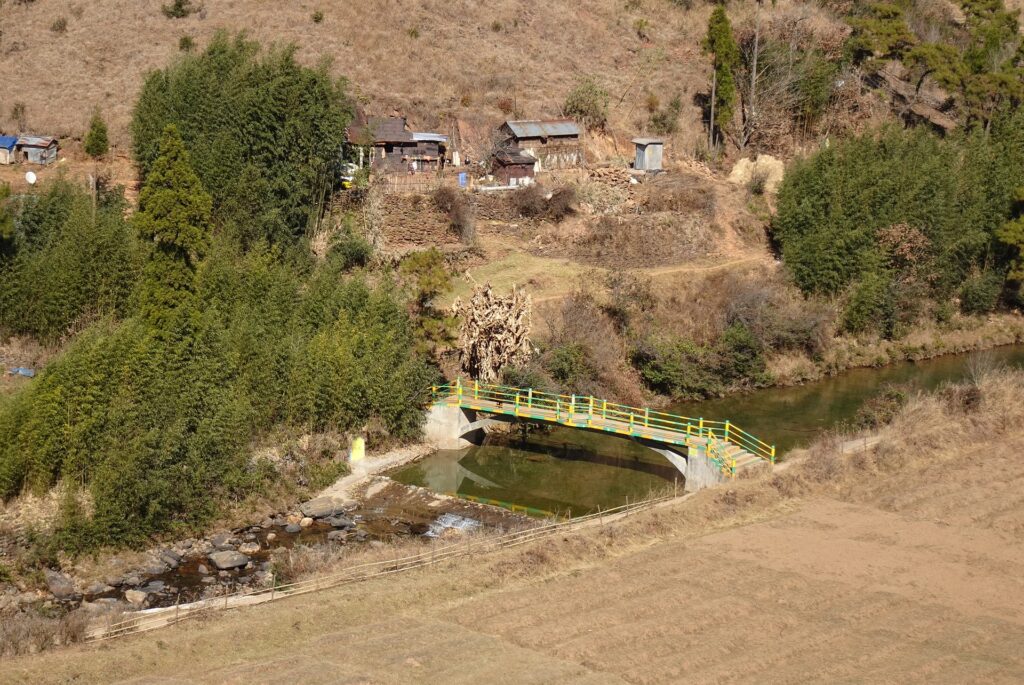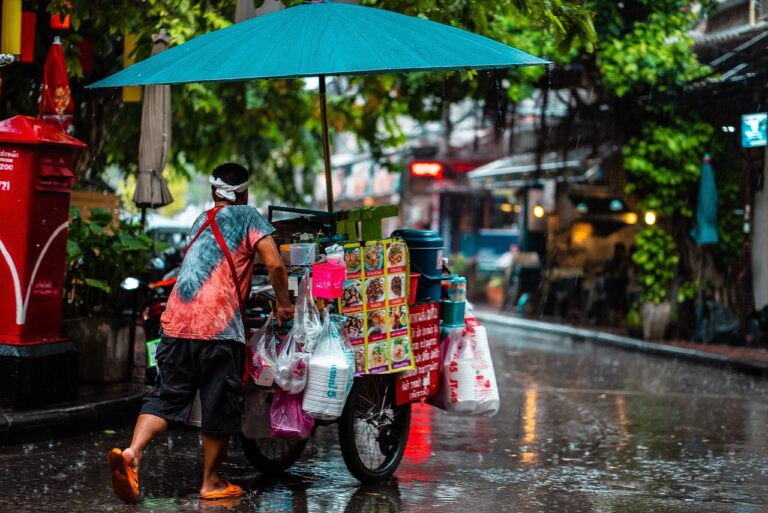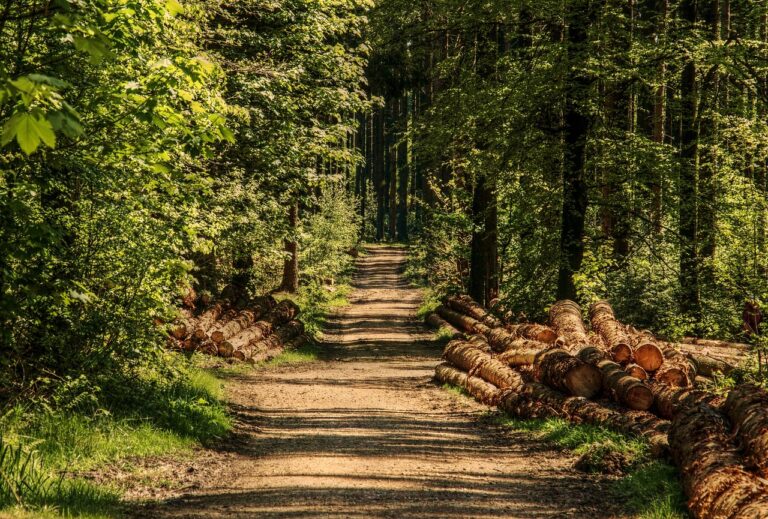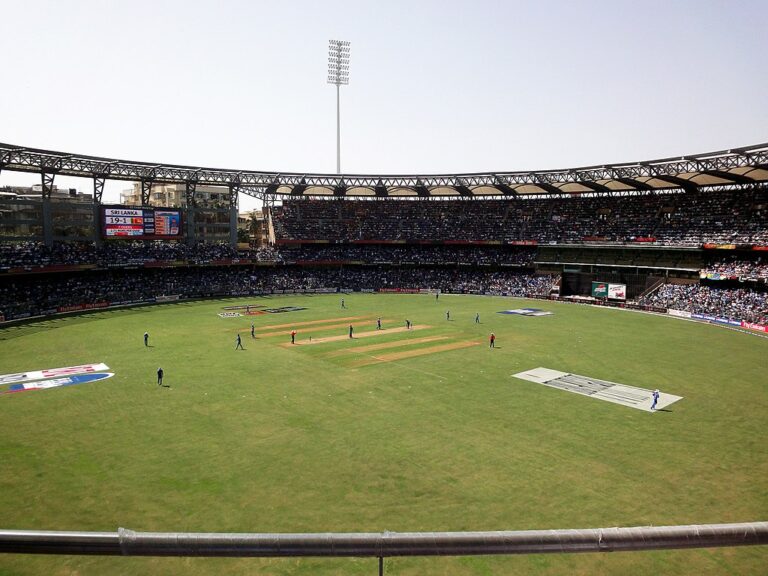
New Delhi: The Union Cabinet has approved the continuation of the Schemes of the Ministry of Development of the Northeast, with an outlay of Rs.12882.2 crore, for the balance period of the 15th Finance Commission (2022-23 to 2025-26).
Based on the Expenditure Finance Committee (EFC) recommendations, the outlay for the North East Special Infrastructure Scheme (NESIDS) will be Rs.8139.5 crore including committed liabilities of ongoing projects. The outlay for ‘Schemes of NEC’ will be Rs.3202.7 crore including committed liabilities of ongoing projects. The outlay for Special Packages for BTC, DHATC and KAATC in Assam is Rs.1540 (BTC- Rs 500 crore, KAATC – Rs 750 crore and old packages of BTC, DHATC & KAATC – Rs 290 crore). The NESIDS, a Central Sector Scheme with 100% Central funding, has been restructured having two components – NESIDS (Roads) and NESIDS (Other than Road Infrastructure).
The Ministry’s new scheme “Prime Minister’s Development initiative for the northeastern region – PM-Devine” (with an outlay of Rs.6, 600 crores), was approved earlier in October 2022 separately, under which larger and high-impact proposals under infrastructure, social development and livelihood sectors are taken.
The objectives of the schemes of the MDoNER are to supplement the efforts of the different Central Ministries and Departments on one hand and the felt needs of the NE Region States on the other, for uncovered development/welfare activities.
Extension of the approved schemes for the balance of the 15th finance commission period, i.e. upto the financial year 2025-26, would
- Enable better planning for implementation of the schemes in terms of project selection,
- Front loading of sanction of the projects, and
- Project implementation during the scheme period
Efforts will be made to complete a maximum number of projects by 2025-26 so that there are minimum committed liabilities beyond this year. Therefore, schemes would have new sanctions in 2022-23 and 2023-24 primarily; while expenditure would continue to be incurred during 2024-25 and 2025-26. focused attention will be given to completing the ongoing sanctioned projects.
The Five pillars of the Atmanirbhar Bharat Abhiyan for self-reliant India, namely, Economy, Infrastructure, System, Vibrant Demography and Demand will get a push through the scheme.
The government said it has made the development of the North East a major priority. The Prime Minister has visited the northeast region more than 50 times in the last 8 years, while 74 ministers have also visited the northeast more than 400 times.
There has been a 74% reduction in insurgency incidents, a 60% reduction in incidents of attacks on security forces and an 89% reduction in civilian deaths. about 8,000 youth have surrendered and have joined the mainstream.
Further, a Cabinet note stated, the agreement with the Front of Tripura in 2019, the BRU and Bodo agreement in 2020, and the Karbi agreement in 2021 were made. It claimed that the Assam-Meghalaya and Assam-Arunachal border disputes have also almost ended.
Since 2014, the budgetary allocations to the region have increased with more than 4 lakh crores allocated for the region. The actual expenditure in the last 4 years under MDONER schemes was Rs 7534.46 crore whereas, the fund available for expenditure in the next four years till 2025-26 is Rs 19482.20 crore (2.60 times approximately).
For improving railway connectivity, Rs. 51,019 crores have been spent since 2014. 19 new projects worth Rs. 77,930 crores have been sanctioned. For improving road connectivity, 375 projects worth Rs. 1.05 lakh crores are underway. In the next three years, 9,476 km of roads will be laid under 209 projects. For this the central government is spending Rs. 1,06,004 crores.
Air connectivity has also improved the government claimed and pointed out that now there are 17 airports in the region. The air traffic movement in North East has increased by 113% since 2014 (year on year). To further give a boost to air connectivity, Rs. 2,000 crores will be invested in civil aviation in the northeast region.
For improving telecom connectivity, from 2014, Rs.3466 crores have been spent under 10% GBS. Cabinet has also approved 4g connectivity in 4,525 villages in NER. The central government has set a target of 500 days to provide complete telecom connectivity in the region by end of 2023.
Waterways are integral to the life and culture of North East. Before 2014 there was only 1 national waterway but now there are 18 national waterways in the region. Recently Rs. 6000 crores have been sanctioned for the development of national waterway 2 and national waterway 16.
Approximately Rs. 190 crores have been spent towards enhancing skill development infrastructure in NER and the upgradation of existing government itis into model itis between 2014 and 2021. 193 new skill development institutes have been set up. Rs. 81.83 crores have been spent as expenditure towards skilling. A total of 16,05,801 people have been skilled under various schemes.
MSMEs have been promoted under various schemes to boost entrepreneurship development. Rs. 645.07 crores have been spent to support/set up 978 units. according to DPIIT, 3,865 startups were registered from the northeast.
For improving health infrastructure the government has spent Rs. 31,793.86 crores since 2014-15 in the health sector.
From 2014 till now, the government has spent Rs 14,009 crores to promote higher education in the northeast. 191 new institutes of higher education have been set up. There has been a 39% increase in the number of universities set up since 2014. There has been a 40% increase in central institutions of higher education set up since 2014-15. As a result, there has been a 29% increase in total student enrollment in higher education.
Power infrastructure has been strengthened to fuel development in the region. Since 2014-15, the government has sanctioned Rs 37,092 crores out of which Rs. 10,003 crores have been spent so far.
The North East Gas Grid (NEGG) project of Rs. 9,265 crores is underway. Moreover, the Prime Minister has announced a package of Rs. 550 crores to illuminate border villages of Arunachal Pradesh.
– global bihari bureau





